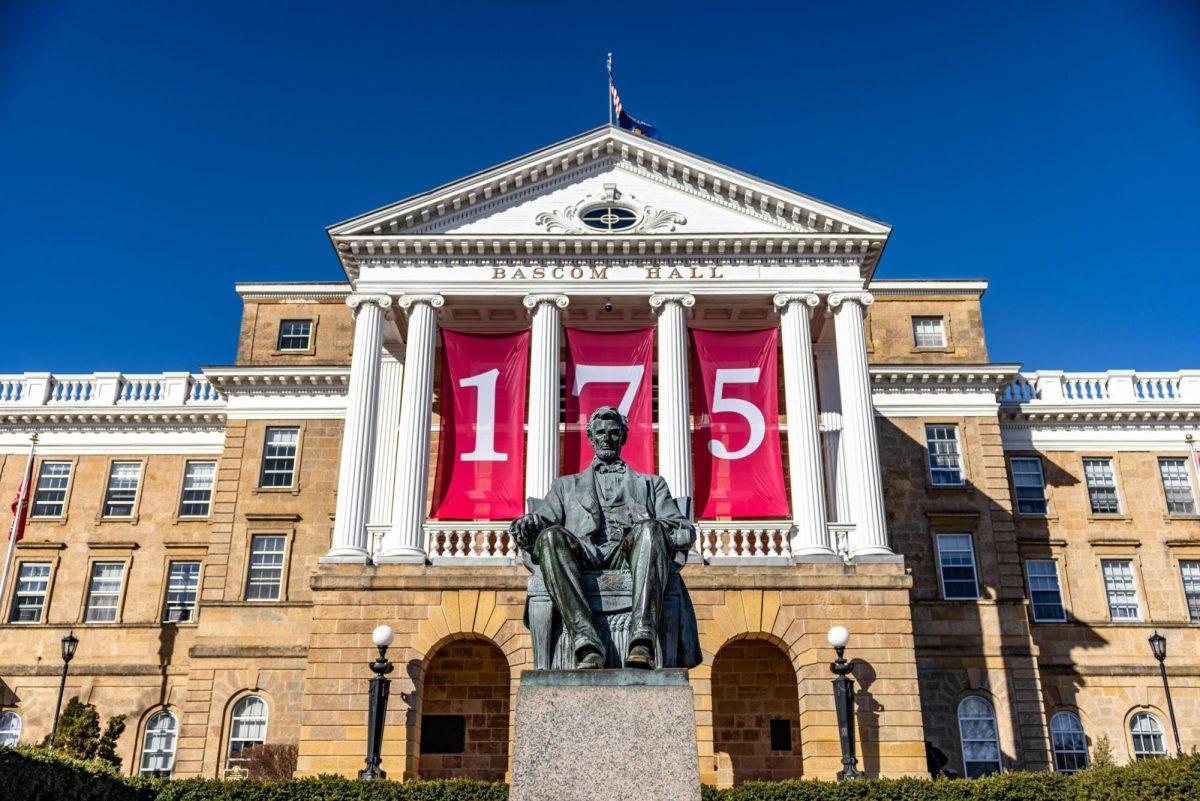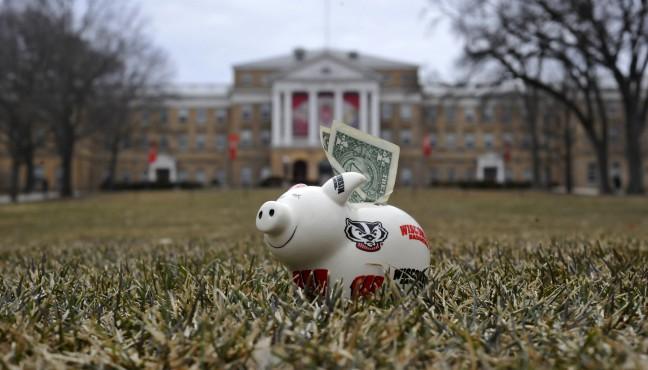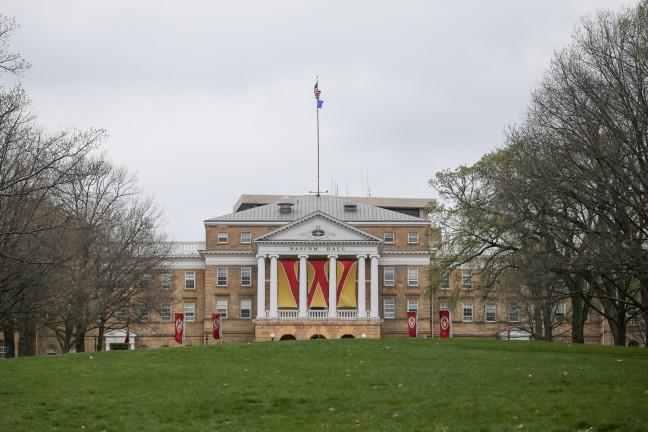With universities across the country facing financial difficulties due to the ailing economy, some are getting multi-million dollar boosts in federal earmarks, according to a report released Thursday.
The University of Alabama-Tuscaloosa took the cake with $58,755,000 for unshared earmarks in fiscal year 2010. Mississippi State University followed at $47,919,000, according to Inside Higher Education, which published its findings from the federal government April 29.
While the University of Wisconsin did not accept such high volume earmarks as other universities, it did still accept a few from the United States Department of Agriculture, UW Federal Relations Director Rhonda Norsetter said.
It is UW’s policy to not accept earmarks, Norsetter said. Usually, UW looks to competitive grants for funding its research ventures. However, not all grant money is awarded competitively so UW will accept earmarks only for those projects that do not have competitive money available.
Norsetter said the difference between an earmark and a competitive research grant is an earmark is automatically allocated to a university, while a university must be evaluated on a submitted proposal in order to receive a grant.
According to Norsetter, UW was granted $566 million in federal competitive research grants for 2008-09, the year with the most complete data. Overall, the university accepts 2,500 grants each year, and only a handful of these are earmarks.
According to the report, UW received $816,000 in direct earmark grants, $400,000 of which went to a sustainable agriculture program.
Another such earmark UW received from the USDA goes to the Babcock Institute for $416,000. UW Interim Dean for the College of Agriculture and Life Sciences Irwin Goldman said the USDA is moving over to competitively awarded funding as opposed to the earmarks it currently uses.
“The campus does its best to accept competitive dollars,” Goldman said.
Some earmarks can be split between universities, and UW participated in a shared grant of $1,248,000 between eight different universities.
UW’s earmarks may look like a drop in the bucket compared to the $58 million the University of Alabama-Tuscaloosa accepted during the 2010 fiscal year, however, the funds received were also used for research as they were at UW.
Vice President of Research at the University of Alabama-Tuscaloosa Joe Benson said his university has asked for funding ranging from environment research to workforce development
“[Some new projects will allow] UA researchers to address major problems and drive the economic development of the state and region,” Benson said.
According to the report, several universities from Mississippi also received earmarks greater than $20 million.
Spokesperson for Sen. Thad Cochran, R-Miss., Chris Gallegos said Cochran lets universities know he will make requests for them on their behalf; however, usually what a university requests gets whittled down by the federal government.
Gallegos said the University of Southern Mississippi, which received a total earmark of $22,590,000, has invested a lot of its funds into military defense projects. Numerous smaller grants comprise the total earmark a university receives and the some of the biggest grants the University of South Mississippi received were for such research.












